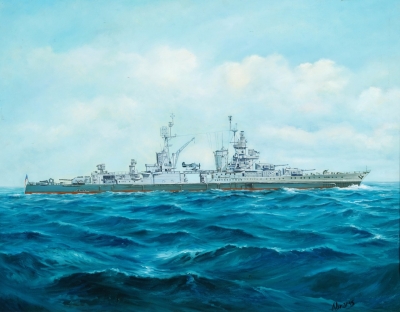Box 13 of Submarine/Undersea Warfare Division, Series III, Archives Branch, Naval History and Heritage Command.

The Navy Department Library
The Sinking of USS Indianapolis: Navy Department Press Release: Memorandum to Press on Scheduled Testimony of CDR Hashimoto

NAVY DEPARTMENT
IMMEDIATE RELEASE
PRESS AND RADIO
DECEMBER 12, 1945
MEMORANDUM TO THE PRESS:
Commander Iko (also spelled Machitsura) Hashimoto of the Japanese Navy is scheduled to appear as a witness tomorrow in the General Court Martial of Captain Charles B. McVay, III, U.S.N., former commanding officer of the USS Indianapolis [CA-35].
Commander Hashimoto, former commanding officer of the Japanese submarine I-58, was summoned from Japan by the Navy Department. He was unable to bring with him any official documents from the submarine because, he said, they had all been destroyed before the surrender of I-58 to the United States forces at Sasebo about the middle of November [1945].
Commander Hashimoto will be asked to take two oaths when he appears in court. The first oath will be the one usually taken by witnesses, as provided by Article 41, Articles for the Government of the Navy, with the word "affirm" substituted for the word "swear," and the words, "This you do under pain and penalty of perjury," substituted for the words, "So help you God."
The Japanese oath, administered in Japanese court martials, follows: "I swear to tell the truth, neither adding thereto nor concealing any matter whatsoever."
Commander Hashimoto had been in command of the I-58 from the time of her commissioning in September, 1944, until her surrender. He described the submarine as about 300 feet long, with maximum surface speed of 16 knots and maximum speed submerged about seven knots. The I-58's complement was 119 men and 11 officers.
The I-58 at first carried one aircraft but it was never used. Commander Hashimoto said the I-58 later discontinued carrying it.
The Japanese Commander said that his submarine was never under attack from surface craft, but was bombed by American planes at Kure in the middle of June, 1945. He said the bombs fell fairly close, but the submarine was not seriously damaged. He said that he never suffered personal injury at any time during the war.
Commander Hashimoto is 36 years old, married, with three children, all boys, ages six, four, and two. His home is at Kure. The Commander was graduated from the Ita Jima Naval Academy in 1931. He then served on a destroyer and a cruiser, and in the so-called China incident in 1937, saw service aboard a gunboat and a minesweeper. In 1939 he went to a gunnery and torpedo school for three months, then entered the submarine service where he remained throughout the war.
The Commander, who does not speak English, had never been in the United States before. He described his visit as "pleasant."



